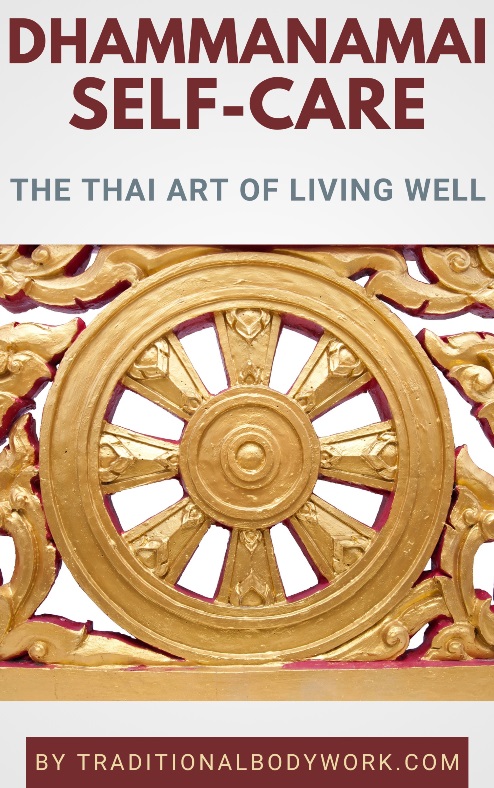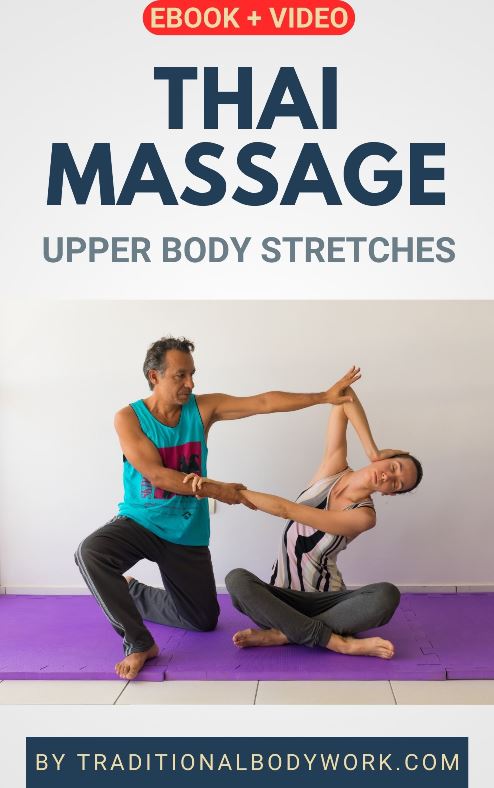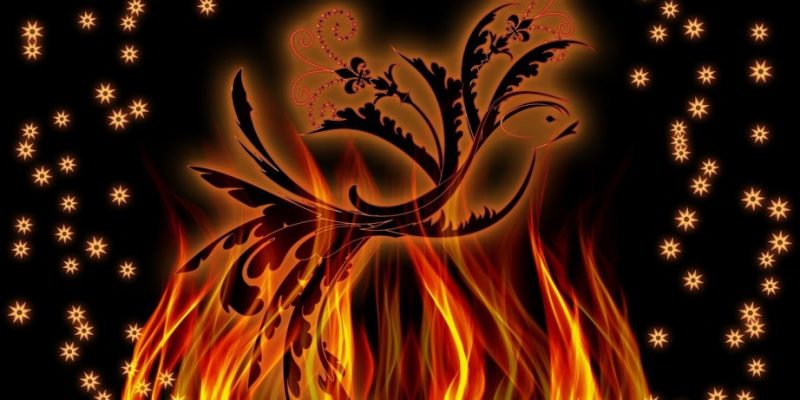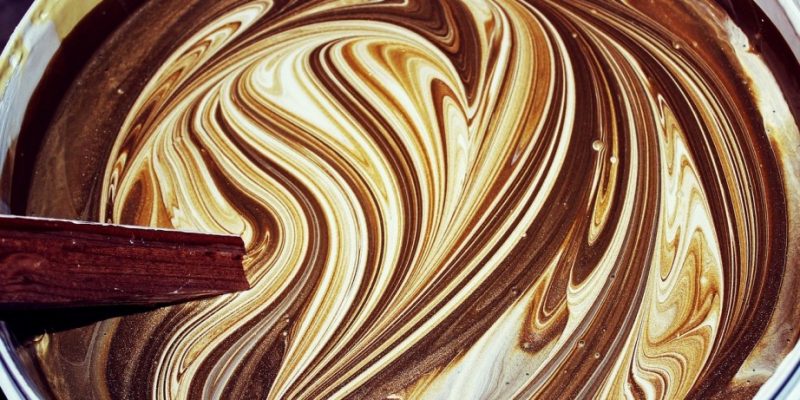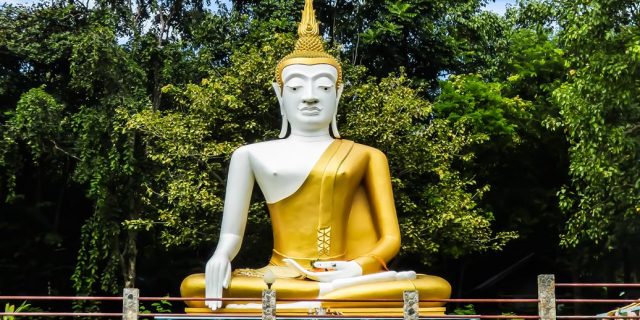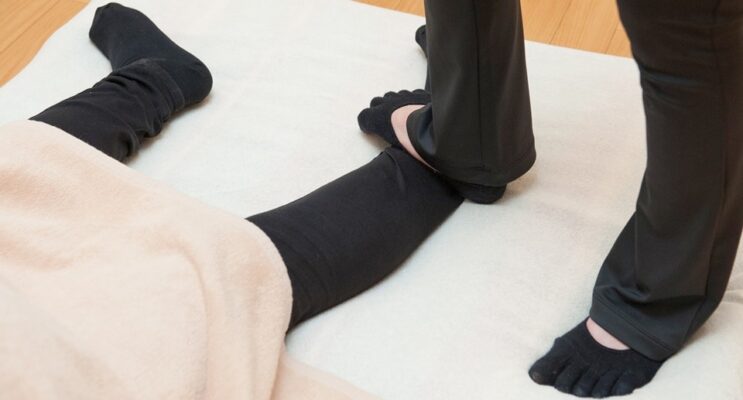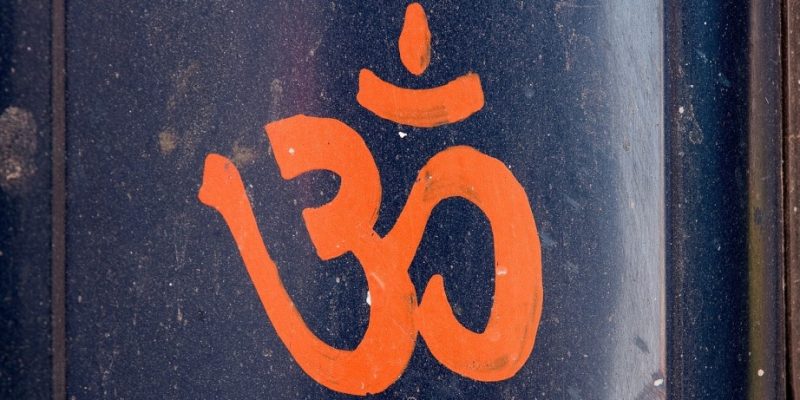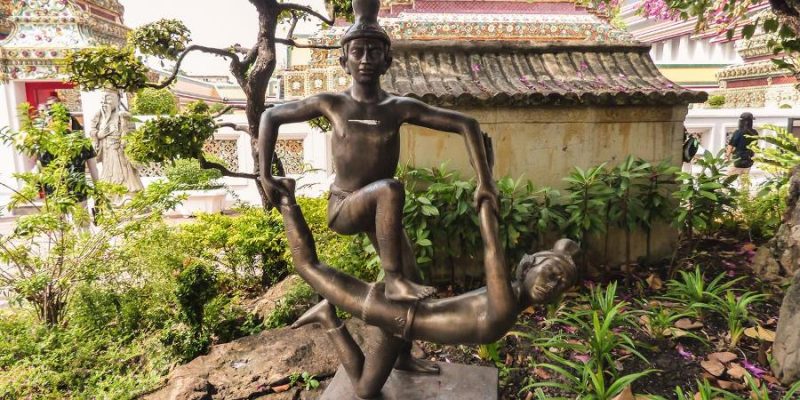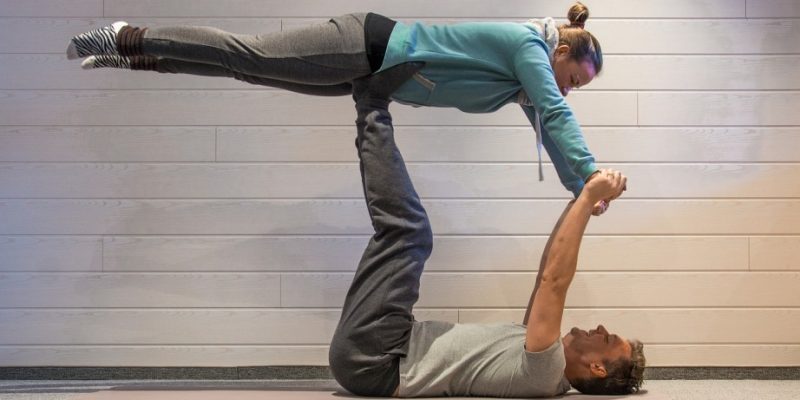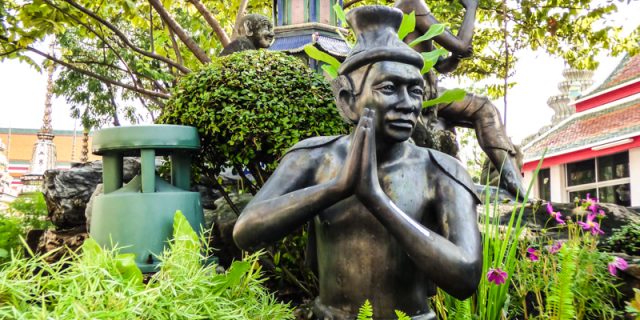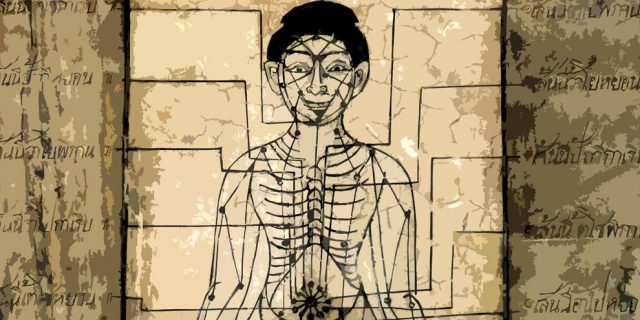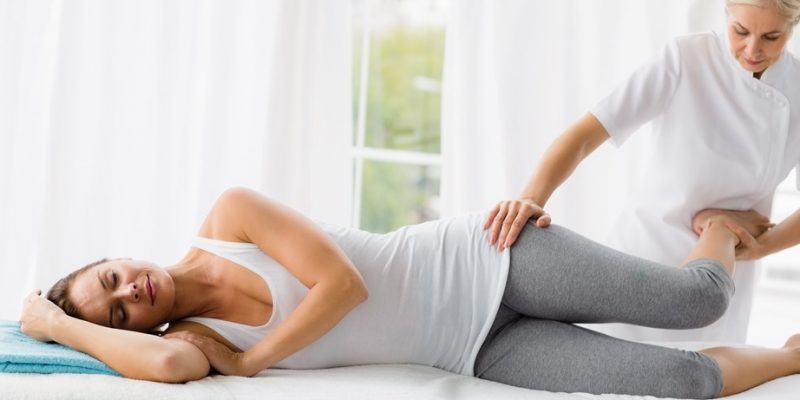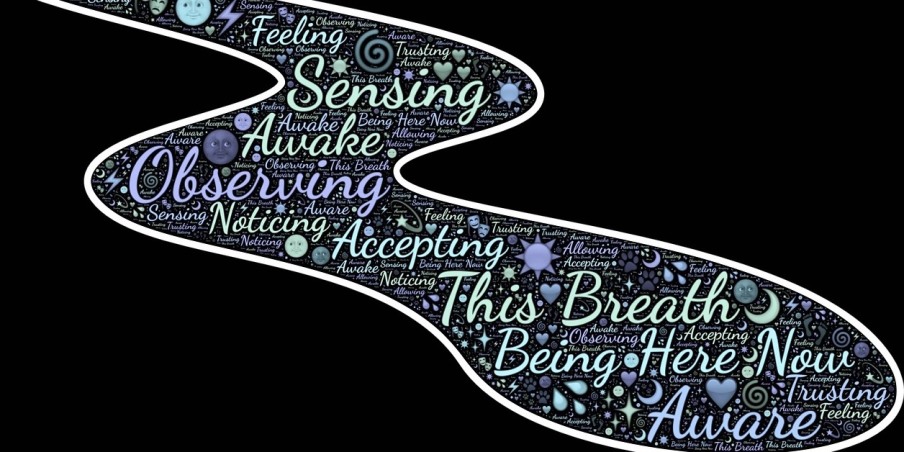
Let’s start with the fact that everything Breema® is trademarked®. So, it’s Breema®, ®, ®, and so on. I may here and there forget to add the “®” so forgive me if doing so … I´m well aware of the trademark registration.
At any rate, the modality is quite an interesting bodywork case, one that carefully evades any connotation with Traditional Thai Massage. Nonetheless, like as we’ve mentioned before for Ayurvedic Yoga Massage (AYM), you just need to check out a Breema Bodywork® video on YouTube and you’ll quickly see for yourself that there’s quite a lot of stuff there that resembles Thai Massage.
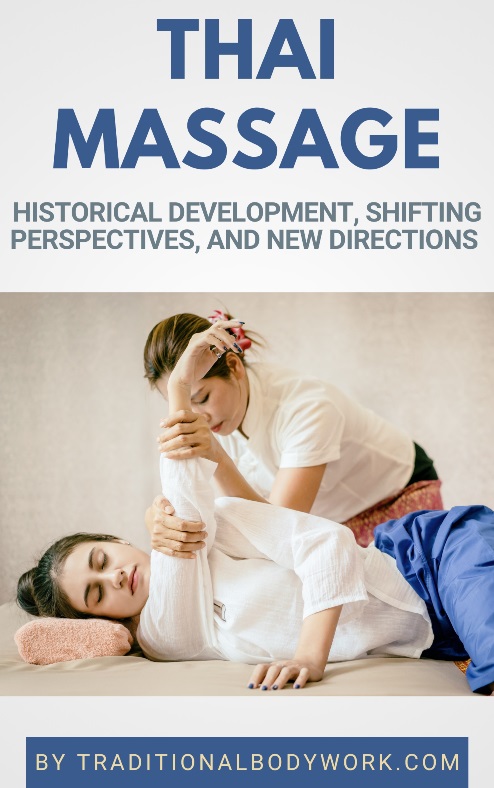
It’s said that Breema® originated generations ago in a small Kurdish village named Breemava, a place somewhere between Afghanistan and Iran. The modality was supposedly brought to the USA by Mr. Malouchek Mooshan who was trained in this technique by his grandfather (or great-grandfather according to other sources).
The name Malouchek Mooshan is also spelled as Malichek Mooshan, but the variation Manocher Movlai is used likewise. I’ve spotted an obituary on the Internet in which you can read a bit more about him.
Malouchek seemed to have placed emphasis on Breema® as a method for Self-understanding, which makes Breema a kind of spiritual work. He encouraged students to apply Breema® philosophy and the Nine Principles of Harmony as a means to being present in daily life. This reminds much of the work of G.I. Gurdjieff, who came more or less from the same Asian region and who focused on the same principles through movements, dance, and stretches. I did find some indirect relationship between Malouchek’s philosophy and Gurdjieff’s work on the Internet, but I couldn’t make a “hard” connection.
I must also say that I’ve tried very hard to locate the so-called Kurdish village of Breemava, but without any success. I do wonder if it really exists (or existed), has perhaps another name (in Kurdish), or what else.
For what it is, together with Dr. John Schreiber, a chiropractor from the USA, Malouchek established the Breema Center around 1980. This center now is run by Dr. Jon Schreiber, and offers classes, workshops, and intensive programs of Breema Bodywork®, Self-Breema Exercises®, and The Nine Principles of Harmony. Connected to the center is The Breema Clinic that offers Breema Bodywork® and Self-Breema® exercises in combination with a variety of integrative health disciplines.

The Breema Center in Oakland, California (USA), is the world headquarters for training and certifying instructors and practitioners, but today, sessions and training are given worldwide.
On the Breema website, the work is described as “a simple, natural form of touch and body movement supported by universal principles.” The core of Breema Bodywork® and Self-Breema® exercises are the so-called Nine Principles of Harmony — Body Comfortable, No Force, No Judgment, Mutual Support, Single Moment/Single Activity, No Extra, Firmness and Gentleness, No Hurry/No Pause, and Full Participation. This reminds very much of practicing Thai Traditional Massage in the authentic spirit.
Breema® activates the body’s self healing mechanisms using rhythmic movements, percussion, tapping, stretches, and lean and hold releases. It’s brought as a philosophy of living in harmony with one’s body, mind, and feelings through natural body movements.
All by all, since the 1980’s, Breema® has become quite a known form of bodywork (or perhaps better said — energy and spiritual work) with a devoted group of followers, practitioners and teachers. You can find more info on the Breema® Website.



